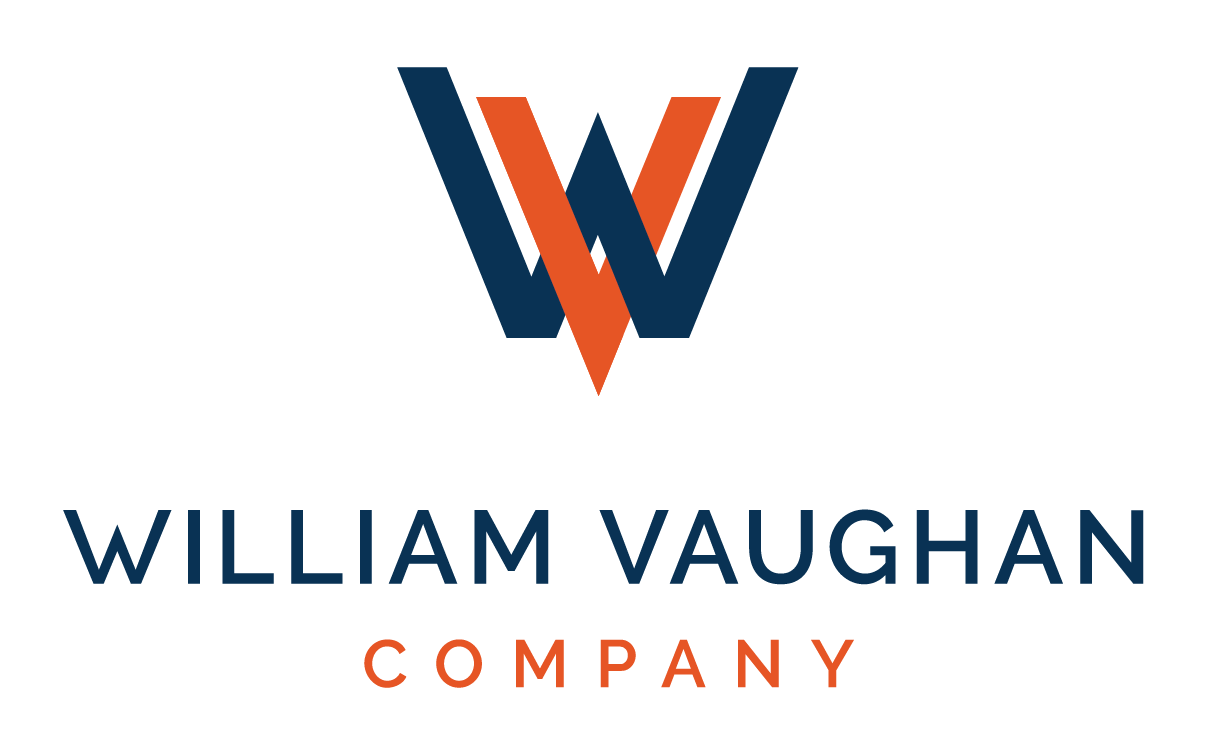Key Performance Indicators Must Mean Something
Jul 10, 2015
 I’m currently working with the CFO of one of my more recent clients to try to develop a dashboard with key performance indicators for the owners use. This owner has a rapidly expanding business that is very profitable but she is relatively inexperienced with the accounting process and accounting terminology.
I’m currently working with the CFO of one of my more recent clients to try to develop a dashboard with key performance indicators for the owners use. This owner has a rapidly expanding business that is very profitable but she is relatively inexperienced with the accounting process and accounting terminology.
Accordingly, a lot of what the CFO and I do is to present information to the owner in a fashion that makes sense to the owner without using a lot of technical accounting jargon.
When we began the process of developing a dashboard for this owner, we prepared a list of the subjects that we thought would be of interest to the owner. Those subjects included sales, staffing, cash collections and cash payments. We also decided that the most important question we can ask the owner is what questions are left unanswered in your mind at the end of the month after you review the reports that the CFO and the outside cost consultant have prepared for your review.
The results of my meeting with the owner were surprising to me, mostly because of the direction that the owner wants to head in related to preparing the dashboard. The owner did agree that most of the subjects that we came up with as likely to be of interest to her did in fact make her list as to those items that she wanted to see. However, she had significant changes from what I thought might be the traditional accounting approach.
On the sales category, she of course wanted to see sales history, but she was also far more interested in future sales already booked and what is necessary to sell in the future to be sure the company makes her annual sales goals. Part of the dashboard has to be historically how has the company done for the current month and year-to-date reaching its sales goals, but then a forward-looking component as well. This future looking would need to addresses what sales have to be added by month beginning with the next most recent month and going through to the end of the year to maintain the originally intended sales goal. This will require some more work on the part of the CFO to classify sales both currently and in the future so that that portion of the dashboard will be meaningful to the CEO.
Also important to the CEO is the staffing levels required to meet those sales goals. Currently this business does not have a staffing model in place to anticipate capacity available and compare that to sales required to meet monthly and annual goals. This company is rapidly growing and is in the service industry so that individual professional talent is fundamental to meeting service requirements as well as maintaining the highest level of technical expertise and quality required in this business. The CFO had been working on a staffing model to help provide this information but now will have to focus more attention on that model because the CEO cannot possibly meet sales goals if the company is not correctly staffed to take on additional capacity as it is booked.
Quite surprising to me was the CEOs significant disinterest in cash receipts. In this business, her services are in such demand she’s schedules her sales arrangements so that payments will be in advance of services provided. So bills set out and cash received for July 1st are in effect to pay for July services. As a result, if payments are not timely received, services are withheld and no progress is made on the customers project. The end result of this level of sales structuring is that there is no significant shortfall in cash receipts. The activity level on cash inflow of course needs to be monitored which is the CFOs job but it does not rise to the level of immediate concern to the CEO.
The last item that she was interested in is cash disbursements. She of course recognizes that there are two components to available cash when and in what amount are receipts received and when and what amount is cash dispersed. We have put in place a budget for 2015 on cash disbursements and although it is not a zero-based budget or one in high detail for that matter, it will provide a reasonable tool to benchmark cash outlays on a go forward basis. The CFOs intention is to build that into the cash disbursements model for the dashboard and further analyze cash disbursements in future years so that that component of the dashboard will even be more detailed than it is today.
We believe the suggested changes above will more than meet the CEOs request for relevant data to the management of the company and provide actionable data which will allow her to manage this company and maintain the growth she has experienced thus far. It is important that we tailor this dashboard to the needs we know the CEO has, but also to encourage her to analyze additional information that we know is critical to her success.
Categories: Cost Accounting
Variance For Scrap Portion Of Raw Material
Jul 07, 2015
Last week, I was at home during a weekday getting some much-needed work completed around the house. The home next door has been vacant due to the unfortunate passing of the elderly man who once occupied the house. His children have finally decided to do something with the home and have been cleaning it out, utilizing a dumpster for remnants. They had some older propane tanks which no one wanted, so they were giving them away to be scrapped. I noticed the tanks sitting out by the street and thought I could smell some kind of odor. Sure enough, within a few minutes a police officer drove by and quickly turned around. She asked the people working around the home why the propane tanks were sitting at the street with the valve open. They explained they were being scrapped, but could only be scrapped if the tanks were empty and they were draining them. She quickly informed them this was not permitted. I am not sure what they ended up doing with the tanks as I went about my business, but it was evident that scrapped tanks were of greater value than the propane gas itself.
 Do you work in an industry where scrap is a large part of your everyday process? Scrap values for some items are quite high and can be a big temptation for theft. It also can be a lucrative addition to a business, especially when that material would just be thrown out anyway.
Do you work in an industry where scrap is a large part of your everyday process? Scrap values for some items are quite high and can be a big temptation for theft. It also can be a lucrative addition to a business, especially when that material would just be thrown out anyway.
What safeguards do you have in place against this scrap? Chances are if your scrap is valuable the material itself is valuable, then minimizing scrap is also important.
Are you reporting material usage variance every day, twice a day, every hour? Have you confirmed there is not an issue in the process or the material causing significant waste, which equals dollars lost? Do you weigh the scrap and have checks to make sure none is skimmed off the top after production? Do you report a variance specifically for scrap?
If you have a significant amount of scrap, then having setting standards is not unrealistic nor unreasonable. Scrap could be a large part of your material usage, cost, and potential profits. Therefore, it should be maintained and reconciled. An excellent way to account for such is to implement a standard for the scrap which you can compare to the actual scrap. Any significant variances in either direction would need to be accounted. Any large excess could be issues with production. Any large decrease could be a sign of theft.
What do you do to account for scrap?
Categories: Cost Accounting
When Did You Last Change Your Allocation Rate?
Jul 01, 2015
How often do you change your overhead allocation rate? Has it been the same since 1972? Did you just change it last month?
 Typically you should review and change your overhead allocation rate every year. If you still have the allocation you had in 1972 you really need to review it. Chances are your driver and your rates are incorrect.
Typically you should review and change your overhead allocation rate every year. If you still have the allocation you had in 1972 you really need to review it. Chances are your driver and your rates are incorrect.
If you are changing your allocation every month, it is probably too frequent. Unless there is a material change that occurs that makes your allocation at least 10% in error it does not need to be updated, it will be accounted for in your variance calculations.
It is important to review your allocation base and rate to make sure that it is accurately reflecting your current operations. If it is not, then it must be revised or you cannot be confident that you are fully recovering your costs.
When was the last time you reviewed your allocation base and rate?
Categories: Cost Accounting
The Importance Of An Updated Cost System
Jun 29, 2015
We have been working on an assignment with a manufacturing client to revise their entire costing system. In this particular case, there are numerous problems with the system both in original design and construction. In addition, subsequent problems have developed with regard to reporting and maintaining the system month-to-month. The original costing system was designed utilizing estimates to provide a basis for the start-up of operations. This is not the problem. In fact, we have recommended repeatedly in the past that system start-ups require estimates which can be modified at a later date.
 In this case, the cost manager was well aware that set-up times and job changes were originally estimated based on the production managers knowledge at the time and were never changed as operations continued. By the time we arrived, the original production manager was gone and a new production manager was in place. The new production manager knew that the standards were grossly in error but was unsure as to how to correct the problem. The cost manager was knowledgeable about the issues but was fighting so many fires simultaneously related to this cost system, that she was unable to effectively deal with these estimated standards for job changes and set-up times.
In this case, the cost manager was well aware that set-up times and job changes were originally estimated based on the production managers knowledge at the time and were never changed as operations continued. By the time we arrived, the original production manager was gone and a new production manager was in place. The new production manager knew that the standards were grossly in error but was unsure as to how to correct the problem. The cost manager was knowledgeable about the issues but was fighting so many fires simultaneously related to this cost system, that she was unable to effectively deal with these estimated standards for job changes and set-up times.
This company frequently changed over operations from one product type to the other and the job change calculations were material to the overall cost of the product. Originally, the system was never set-up to monitor and report on different standards compared to actuals on a job change. However, it became painfully obvious to the entire management team that material differences between estimated job changes and actual job changes were present. The product being manufactured was a large bulky product so the ability to simply increase run lengths and attempt to manage the excess set up time was not viable. This was true, especially because it would have taken such a large amount of warehouse space which was not available to store all the excess product.
Issues with inaccurate standards seem to be common place in the costing business and generally not a problem if the company has a way to monitor and then identify those standards. Those which are in error must be constantly reviewed, upgraded and changed as necessary to meet current conditions. A fully functioning and accurate cost system is frequently in need of attention as work processes change and standards become more refined with longer and longer history. The goal should be to always accurately cost the product so changes in operations or work processes, including the speed of the process, is currently reflected in the cost system. This particular system made no allowance to monitor job change or set-up times and, therefore, the facts necessary to make the changes were not readily available.
With relevant information presented in an accurate format, the changes necessary to keep a cost system functioning will be readily available. Frequent review by those the managers responsible for maintaining and upgrading the cost system will ensure a solid system, one that can be used to make better business decisions.
Categories: Cost Accounting
Practical vs. Theoretical Capacity
Jun 24, 2015
At one of our recent seminars, a participant asked about theoretical and practical capacity and their uses. You may have heard these terms if you work in any kind of manufacturing environment. To start, we should probably understand what each one means. Practical capacityis a manufacturer’s level of output (often expressed in machine hours, barrels, pounds, etc.) which is less than its theoretical or ideal capacity. In order to better understand this definition, you must recognize the significance of theoretical capacity.
Theoretical capacity is the level of a manufacturer’s production that would be attained if all of its equipment and operations performed continuously at their optimum efficiency. Theoretical capacity is also referred to as ideal capacity.
In summary, practical capacity is the most realistic to occur based on the machines, people, and space. Theoretical capacity the perfect world scenario with everything being fully utilized. Obviously, theoretical capacity is virtually unobtainable.
There are different occasions when each would be appropriate to apply. However, like most costing principles, you cannot always use one or the other. Circumstances can vary and most often “it depends”.
 When you are determining a make vs. buy calculation and want to know if you can replace lost capacity if you decide to buy a product, you may view your options in multiple ways. One way could be with practical capacity. Do you have the capability to replace the lost work, and is it realistic. If you are above full practical capacity already can you maintain that? You can also think about theoretical capacity, but cannot assume that is realistic. Things will never be perfect, so planning based on perfection is not a good idea.
When you are determining a make vs. buy calculation and want to know if you can replace lost capacity if you decide to buy a product, you may view your options in multiple ways. One way could be with practical capacity. Do you have the capability to replace the lost work, and is it realistic. If you are above full practical capacity already can you maintain that? You can also think about theoretical capacity, but cannot assume that is realistic. Things will never be perfect, so planning based on perfection is not a good idea.
In a nutshell, practical capacity is realistic, but do not get stuck in a rut and think you cannot improve upon what you currently are doing. Often times you can aim towards a more theoretical capacity. What are some of the ways you use and consider theoretical and practical capacity?
Categories: Cost Accounting
